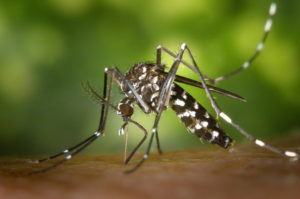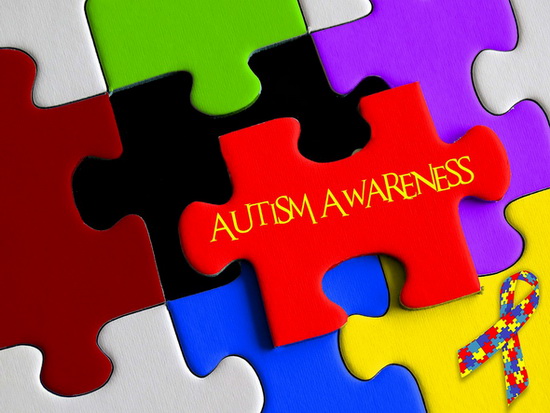Mutations in a gene have been linked to confirmed cases of Parkinson’s disease. The gene TMEM230 is only the third to be definitively linked to the disease and was discovered by researchers at Northwestern Medicine.
The scientists published findings in Nature Genetics of evidence that TMEM230 mutations occurred in patients with Parkinson’s in both North America and Asia. The findings provide new clues about how the disease develops in the brain and could help find therapies for Parkinson’s disease. Currently, there is no cure and few known causes.
“Previous research has associated Parkinson’s disease with various factors in the environment, but the only direct causes that are known are genetic,” principal investigator Teepu Siddique, MD, the Les Turner ALS Foundation/Herbert C. Wenske Foundation Professor of Neurology and of Cell and Molecular Biology, said in a statement. “Many genes have been claimed to cause Parkinson’s disease, but they haven’t been validated. We show that mutations in this new gene lead to pathologically and clinically proven cases of the disease.”
TMEM230 is responsible for producing a protein involved with packaging dopamine in neurons. The researchers believe that the protein is involved in the movement of synaptic vesicles that release dopamine to cells that project into parts of the brain controlling motor activity and other organ systems affected by Parkinson’s.
“Our new findings suggest that normalizing synaptic vesicle trafficking may be a strategy for future therapeutic development,” study first author Han-Xiang Deng, MD, PhD, research professor of Neurology, said. We can develop drugs to promote this critical pathway.”
Only 15% of Parkinson’s disease cases are thought to be caused by genetics. The other genes known to be associated with the disease are SNCA and LRRK2. The researchers discovered TMEM230 after they began investigating a family with 15 members who had symptoms of Parkinson’s in 1996. The scientists then performed an analysis of the DNA of the entire family—those with and without the disease—in order to find a common mutation. Eventually, they identified TMEM230 as the gene with the disease-causing mutation.
“This particular gene causing Parkinson’s disease is not just limited to one population in North America,” Dr. Siddique said. “It’s worldwide, found in very different ethnic and environmental conditions. These mutations are that strong.”

 ince the World Health Organization declared the Zika virus outbreak a public health emergency, there has been a lot of international concern. This summer, Rio de Janeiro in Brazil is hosting the Summer Olympics, but unfortunately, Rio lies in a Zika virus-affected area. Some Rio officials
ince the World Health Organization declared the Zika virus outbreak a public health emergency, there has been a lot of international concern. This summer, Rio de Janeiro in Brazil is hosting the Summer Olympics, but unfortunately, Rio lies in a Zika virus-affected area. Some Rio officials 
